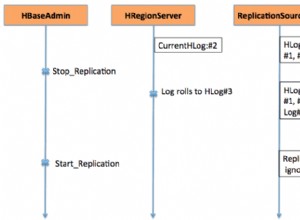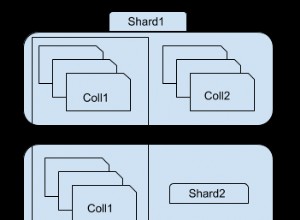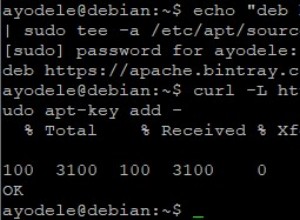Możesz użyć koncepcji Virtuals . Oto jak to działa:
Zmodyfikuj plik schematu w następujący sposób:
//---------------------------------------------------
const gameSchema = new mongoose.Schema({
title: String,
rating: { type: Number, min: 0, max: 100 },
genres: [Number],//here you have an array of id of type Number as yours, no ref
});
const GenreSchema = new mongoose.Schema({
id: { type: Number },
name: String,
description: String,
});
gameSchema.virtual("games", {
ref: "Genres",//this is the model to populate
localField: "id",//the field used to make the populate, it is the field that must match on the aimed Genres model <- here is the trick you want!!!
foreignField: "genres",//the field to populate on Games model
justOne: false,
});
gameSchema.set("toObject", { virtuals: true });//if you are planning to use say console.log
gameSchema.set("toJSON", { virtuals: true });//if you are planning to use say res.json
mongoose.model("Games", gameSchema);
mongoose.model("Genres", GenreSchema);
//-------------------------------------------------
W pliku, który próbujesz wypełnić, umieść to w sekcji deklaracji:
//-----------------------------------------------------
const Games = mongoose.model("Games", gameSchema);
//---------------------------------------------------
Ostatnie, ale nie mniej ważne, gdzie chcesz wypełnić:
//----------------------------------------------
Games.find({})
.populate("games")
.exec(function (error, games) {
//with games you can use things like game.field1, it is actually an JSON object! Print out games and see the fieds for your self, select one and call it using the dot notation!
console.log(games);
});
//---------------------------------------------
Przetestowałem to rozwiązanie na problemie, który zrobiłem, po prostu dostosowanym do twoich potrzeb, daj mi znać, czy działa w twoich; jeśli nie, wspólnie dowiemy się, jak dopasować moje rozwiązanie do Twoich potrzeb.
Kilka wstępnych referencji




